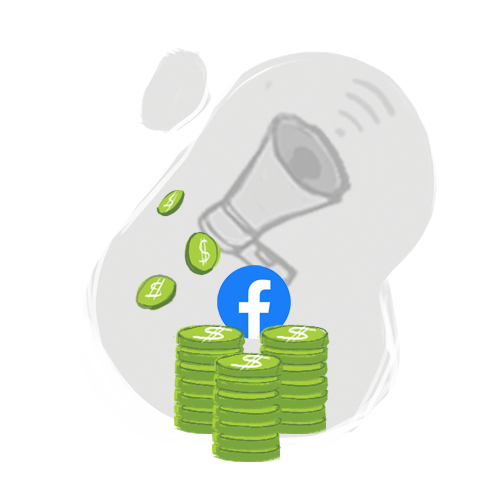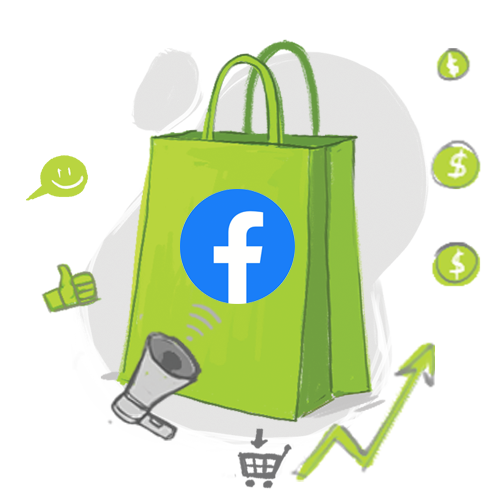Introduction: A Dollar Spent, 10 Dollars Earned
Return on Ads Spent (ROAS) is a key metric for companies advertising online. Businesses may have budgets of different sizes, but many of the core elements of running the campaign remain the same.
Successfully setting a daily Facebook ad budget, testing different ad sets, and engaging the target audience multiple times are all key to growing your Shopify sales. A little marketing planning can go a long way here, so make sure to have a blueprint in place before you begin!
Setting a Daily Budget
First off, Facebook ads provides an option of setting a “daily” or “lifetime” budget – we’d opt for the daily budget while starting out. It provides a chance for more flexibility as the promotional campaign developers.
An amazing feature of Facebook ads is that Shopify businesses do not have to “break the bank” to reach their audience – even $10/day is enough to have your ads be sent out across the 2.7 billion Facebook users! If you consider yourself a “Small-to-Medium” sized store at the moment, aim for a daily budget between $10-30. Your ads will be seen, and the data collected from their performance metrics will be invaluable in how you further develop the campaign.
Test Ad Sets before scaling up
When framing your Facebook ad campaign, remember it’s not just one ad banner you are sending out your entire audience! Remember from our post on Facebook custom audiences that effective Facebook ad campaigns segment their audiences based on key factors (e.g. – demographics, location, interest). For each custom Facebook audience, you likely will roll out a different “ad set.”
Each ad set is specifically targeted to one of your custom audiences, and from there, you can try different versions of the ad as a form of A/B testing. For example, you may have three ad sets prepped for three distinct custom audiences. Within each ad set, you roll out two versions to see which one better drives engagement and boost traffic to your store!
Better to Reach an Audience of 100 10 times than 100,000 people Once
Finally, please note it’s better to concentrate your ad sets to smaller audiences you can reach multiple times, rather than blasting out a single ad to larger audiences. Marketing research has shown that customers need to see your ads 7-8 times before they consider purchasing something from your store.
Thus, it’s more efficient to have a small audience you show multiple ads to rather than a broad audience who briefly see your ads only once. Facebook ads breaks up these factors into awareness, consideration, and conversion. You may have also heard of concepts such as AIDA (Awareness, Interest, Desire, Action) that conceptualize how customers are funneled to drive sales to your store. As you scale up your ads, remember the average customer needs exposure to your store’s promotion multiple times. Otherwise, your ROAS will suffer.
Conclusion: Who can Help Analyze my Facebook Ad Data?
After running a Facebook ad campaign, setting a daily budget, and releasing your various ad sets, it can feel confusing how to make sense of the data collected – that’s where Ad360 steps in! We specialize in analyzing your customer data and subsequently optimizing future campaigns. Better ads mean more sales, so please reach out to try a free demo by Ad360 today!

